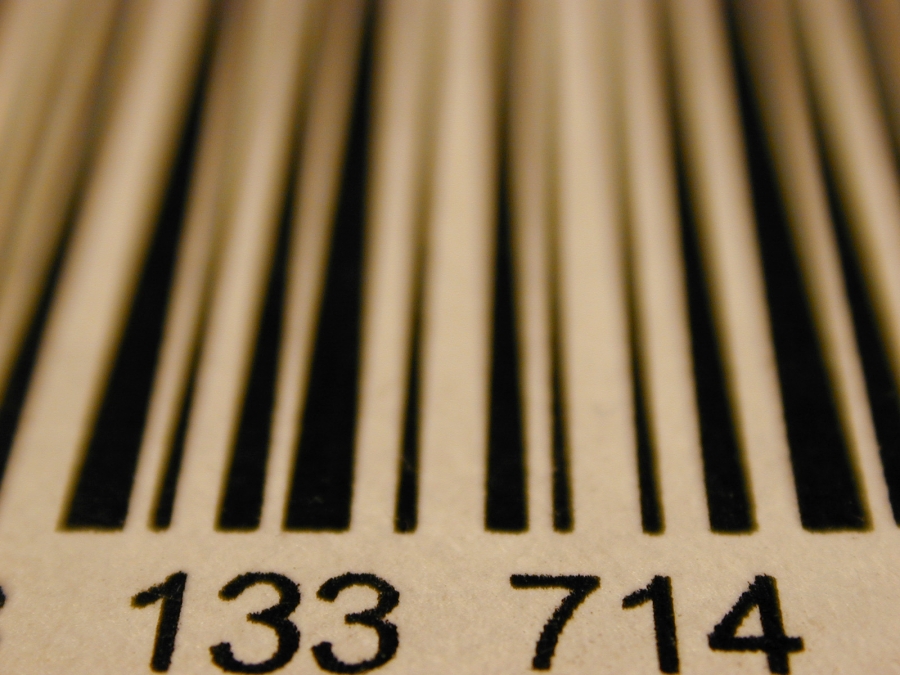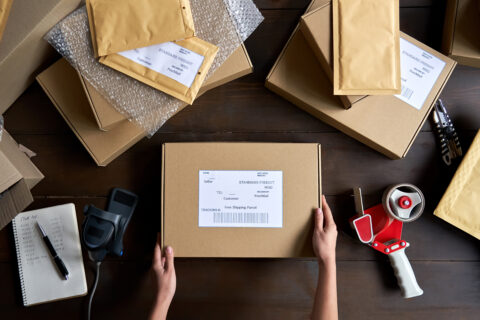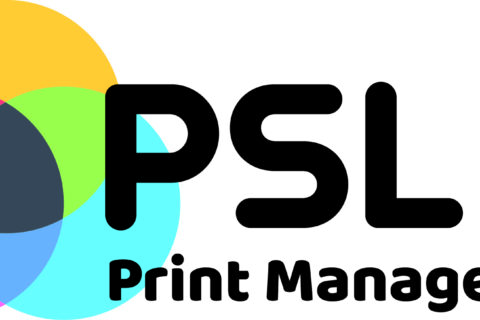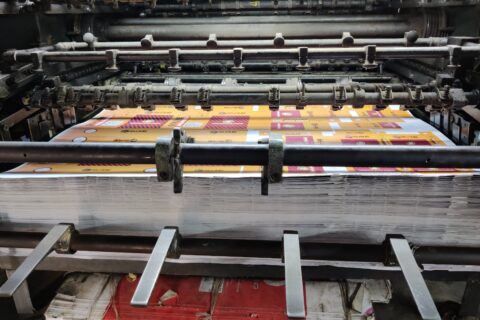Labels and logistics: are your labels up to the job?

If your organisation uses labels to identify products or assets, if traceability and accountability are down to labelling, those essential carriers of information have important tasks to perform. Anything that compromises the function of labels has to be unacceptable, and choosing good quality label print is a sure-fire way to avoid all kinds of costly issues and hold-ups in the supply chain.
More importantly, if labels are relied on to ID items such as foodstuffs, chemicals, medicines or safety-critical components, making the right print choice is truly essential…
Printed labels can perform many different functions these days, it’s not just about simply giving a product a name. Identifiers such as barcodes in all their many variants and 2D codes can tell the story of the item they label – when and where it was made, what it comprises, batch variations, safety info, where it’s been and where it’s going to.
A valuable process tool, or a spanner in the works?
It’s easy to see how the above kind of data can be critical to the whole manufacturing and distribution efficiency of a company – a label’s information may well be integral to a process the entire organisation depends on. When it works, it’s a fabulous way to increase efficiency; if it fails, the consequences are not so welcome. So sourcing quality print is clearly a smart strategic decision.
Correct print quality has never been more crucial
Standards authorities around the world are increasingly demanding more information be included in printed labels, which is part of the reason why the original tech of linear barcodes has been augmented with 2D codes. These can hold a lot of data, but if the scanner can’t read the complex patterns because of a poor or incorrect print spec, the manufacturer, supplier or logistics outfit is in trouble.
Exacting standards are the global norm
The UN’s Globally Harmonized System (GHS) labelling standard is a case in point. This lays down rigorous requirements for labelling of chemicals across the world – from design rules to factors like inks and materials being able to withstand prolonged immersion in seawater.
It’s clear that your print supplier must be totally up to speed with all such regulations. And just as importantly, they should be using the correct print technique, inks and label materials to meet the relevant standard in full.
Staying in-line with online
With the accelerating growth of online commerce, with warehousing and distribution adopting ever-more automated processes, the integrity of printed labels has never been so important. Promises to customers for next-day delivery are pretty standard these days, so companies using consistently reliable labels tick a very significant box for the likes of Amazon, Asos and the rest.
Get in touch
Labelling today a complex issue, with many more implications than this blog can hope to cover. So if you have any concerns or questions relating to getting the best from printed labels, it’s worth getting in touch with one of our experts.















